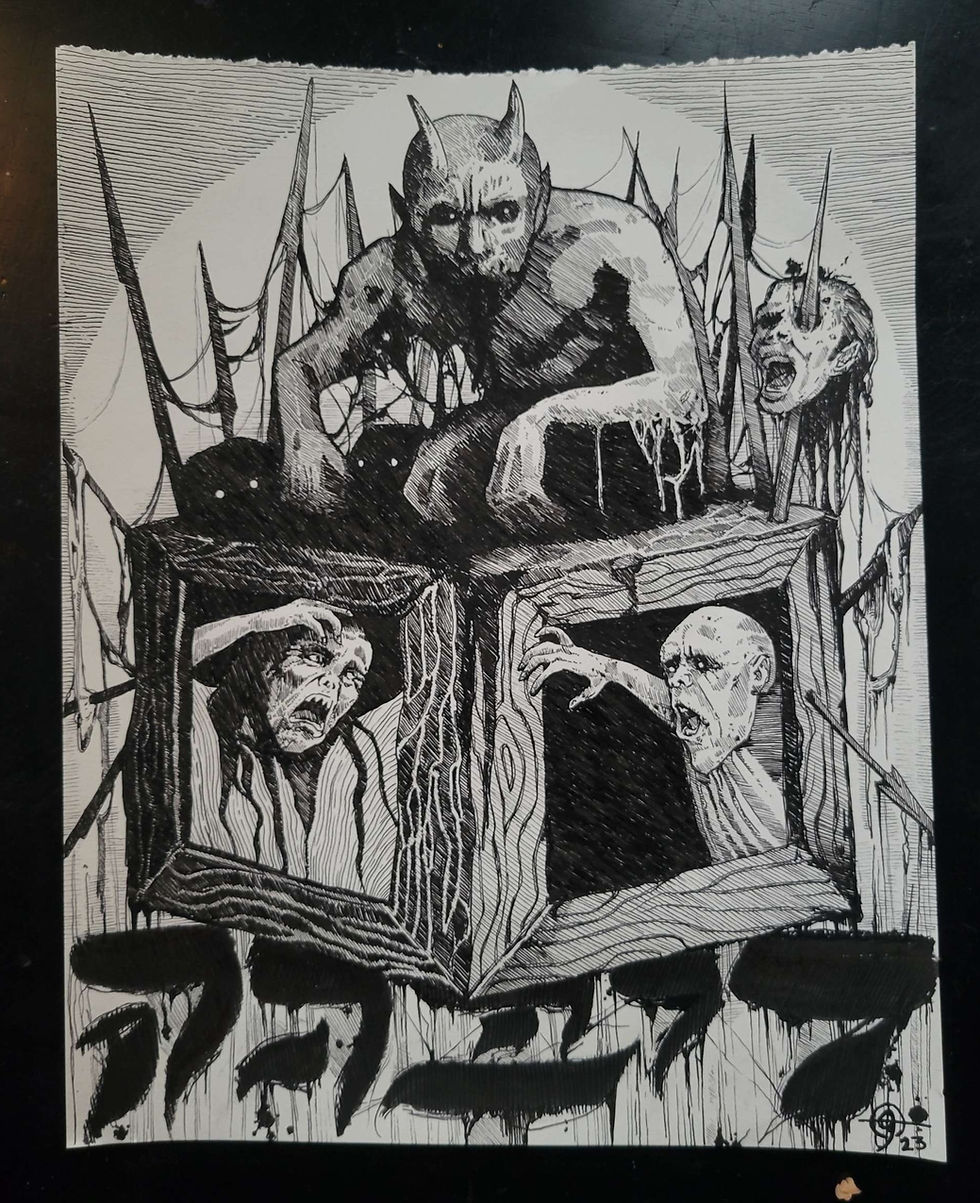CROSSBONES GRAVEYARD: In a time before OnlyFans
- Stephanie Simon

- Oct 16, 2022
- 2 min read

On the south bank of the Thames River in London lies a district that came to be known as Southwark, or the Borough. Originally built and eventually abandoned by the romans in the fourth century, the Saxons led by Alfred the Great later developed the area into a historic suburb, which served as an important defending point for the London Bridge, just to the north.
by the 12th century, Southwark had begun to thrive. a church was built, and farmers from the countryside sold their produce in the borough's the bustling market. Part of the area was granted to the Bishop of Winchester, who was not above licensing a number of scandalous businesses.
Southwark had different rules than The City. One could come here to gamble, drink, dance, and witness plays in the theatre, which was seen as a sin by London's puritanical councillors. On top of that, the Bankside in Southwark was lined with 22 stews, or brothels.
The women employed in these houses were often unmarried, independent women. They were nicknamed "The Winchester Geese", most likely because of the white aprons and yellow hoods that the law required them to wear. If a client ever contracted a disease or infection from one of these women, they were said to have been bitten by a Winchester Goose.
Despite the fact that the Bishop of Winchester regulated and taxed these sex workers, Christian doctrine would not allow them to be buried in consecrated ground. Therefore, the Single Woman's Burial Ground was created for the women to be buried in.
By the beginning of the Victorian era in the 17th century, the brothels had closed and Southwark had become one of the most crime-riddled Slums of London. The Single Woman's burial ground had started to be used not only for single women, but for paupers, or very poor citizens, as well. The graveyard became overrun with bodies, which attracted bodysnatchers to dig up the dead and sell the corpses for anatomy classes.
in 1853 the graveyard was closed, after the public had had enough of the foul smells and complained the grounds were “completely overcharged with dead." it was so full, that coffins were being buried within two feet of the surface.
over the next century, the land was not used for much, other than a brief stint as a plot for fairgrounds. In 1990 when the London Underground began their Jubilee Line Extension in this area, London Archaeologists were given permission to excavate a small portion of the graveyard. They removed 148 bodies from the top layers of soil, which they estimated to be less than one percent of all the bodies that had been buried on the gravesite.
Today, many leave flowers and ribbons for the mistreated and forgotten souls of the dead at the gates of Cross Bones Graveyard.




Comments